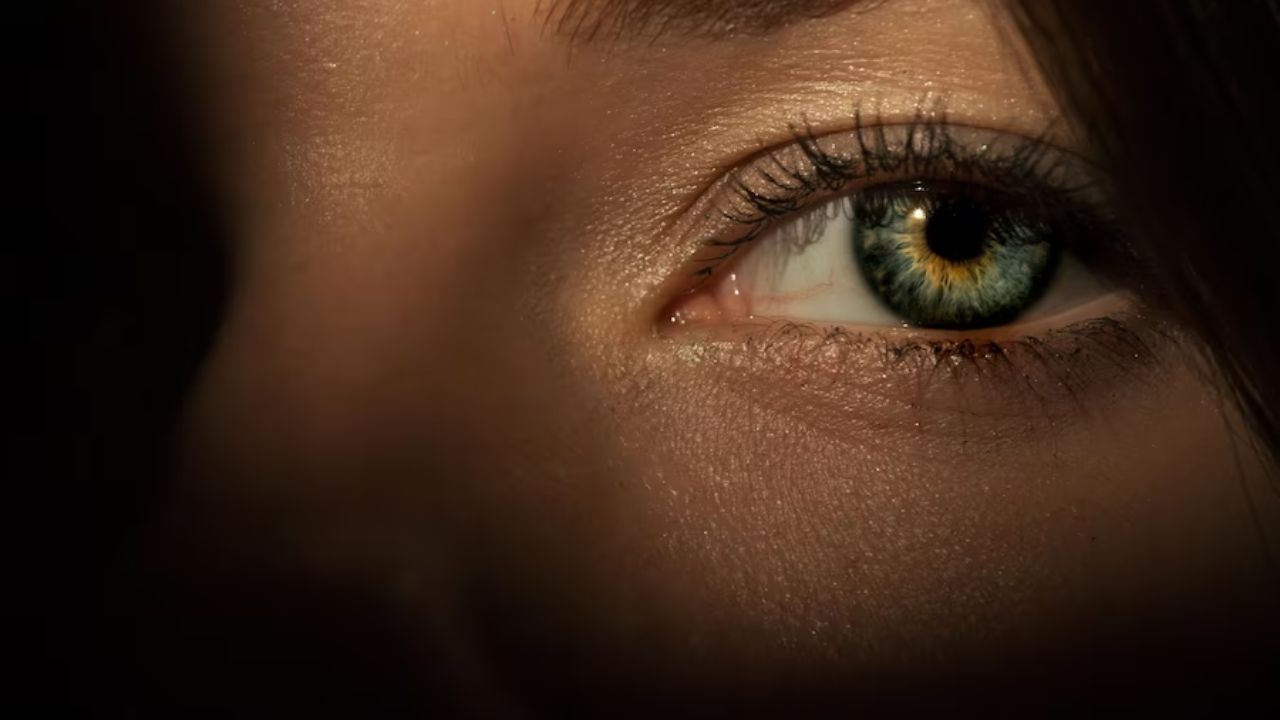The human eye does not perceive the world in frames per second (FPS) like a camera or a screen does. Instead, it processes visual information continuously. However, the concept of frames per second is often used in discussions related to displays, cameras, and video content to describe how many individual images or frames are shown or captured per second.
Keep reading to find out more about how the human eye captures images.
Table of contents
How Many Frames Per Second Can The Human Eye See?
The human eye does not perceive the world in frames per second (FPS) like a camera or a screen does. Instead, it processes visual information continuously. However, the concept of frames per second is often used in discussions related to displays, cameras, and video content to describe how many individual images or frames are shown or captured per second.
The human eye is capable of perceiving changes in visual stimuli very quickly. On average, most people can detect changes in visual stimuli at around 200 to 300 milliseconds, which is roughly equivalent to 3.3 to 5 frames per second. This means that if a series of images is presented at a rate faster than about 5 frames per second, most people will perceive it as continuous motion rather than a sequence of individual images.
Some experts will tell you that the human eye can see between 30 and 60 frames per second. Some maintain that it’s not really possible for the human eye to perceive more than 60 frames per second.
According to a 2014 study out of the Massachusetts Institute of Technology found that the brain can process an image that your eye sees for only 13 milliseconds — a very rapid processing speed.
READ ALSO: How to Evolve Budew | Pokemon Diamond and Shining Pearl
Is There A Human Eye FPS Test?
An ophthalmologist can utilize high-speed cinematography to investigate the inner workings of your eye, referred to as intraocular movements. This method helps in gaining insights into the speed at which your eyes function.
In contemporary times, even smartphones possess the capability to capture these subtle movements through the use of slow-motion video. This technological advancement enables phones to capture a greater number of frames within a shorter time frame.
As technology continues to advance, experts may keep devising novel methods to assess the visual capacities of the human eye.
This is precisely what the researchers in a 2014 study did to ascertain that the brain can process an image that your eye was exposed to for just 13 milliseconds.
Certain researchers present rapid sequences of images to individuals and seek their responses to determine what they were able to perceive.
SEE ALSO: How to Make Magenta | Primary Colors RYB Model
How Does The Human Eyes Perceive Light?
In our eyes, there exist two categories of photoreceptors: rods and cones. Rods are responsible for facilitating our vision in low-light conditions, while cones are involved in high-light vision and color perception. Each individual on Earth possesses varying quantities of rods and cones, along with their specific subtypes, such as red, green, and blue cones. Consequently, the way in which people perceive the world, including digital representations on screens, can differ significantly.
When you gaze at a monitor, your eyes are absorbing the light emitted by the screen. Your ability to detect visual alterations can differ from others based on the quantity and distribution of your rods and cones, including their subtypes.
How Does The Human Eyes Compare To That Of Animals
You might have come across claims suggesting that animals have superior vision compared to humans. However, it turns out that this notion isn’t accurate. In reality, human visual acuity is often superior to that of many animals, particularly smaller ones.
Therefore, there’s no need to assume that your pet cat, dog, or goldfish perceives more details or operates at a higher frame rate than you do. In fact, your visual acuity is likely much better than that of these animals.
Nevertheless, there are certain types of animals with exceptionally keen visual acuity that surpass ours. This category includes some birds of prey, which can perceive as many as 140 frames per second.
FAQs On How Many Frames Per Second Can The Human Eye See
The human eye does not perceive the world in frames per second like a camera or screen. However, it can detect changes in visual stimuli quickly, with most people perceiving motion at frame rates above 3.3 to 5 frames per second.
Higher frame rates, such as 60Hz or more, are commonly used in displays and video production to provide smoother and more realistic motion. This helps reduce motion blur and enhances the viewing experience.
Slow-motion video technology allows for the capture of subtle eye movements by recording a greater number of images per second, making it possible to analyze intraocular movements and eye behavior.
Yes, researchers can determine the speed at which the brain processes visual information by conducting experiments where individuals are exposed to rapidly changing sequences of images and then asked to respond based on what they perceive.
Conclusion
While the human eye doesn’t see in frames per second, it can perceive changes in visual stimuli quickly, and the perception of smooth motion typically occurs at frame rates above 3.3 to 5 frames per second. The choice of frame rate in display technology and media production is influenced by factors such as the desired level of realism and responsiveness for the intended audience and content.
References
- healthline.com – How Many Frames Per Second Can the Human Eye See?
- howtogeek.com – How Many FPS Can the Human Eye See?






